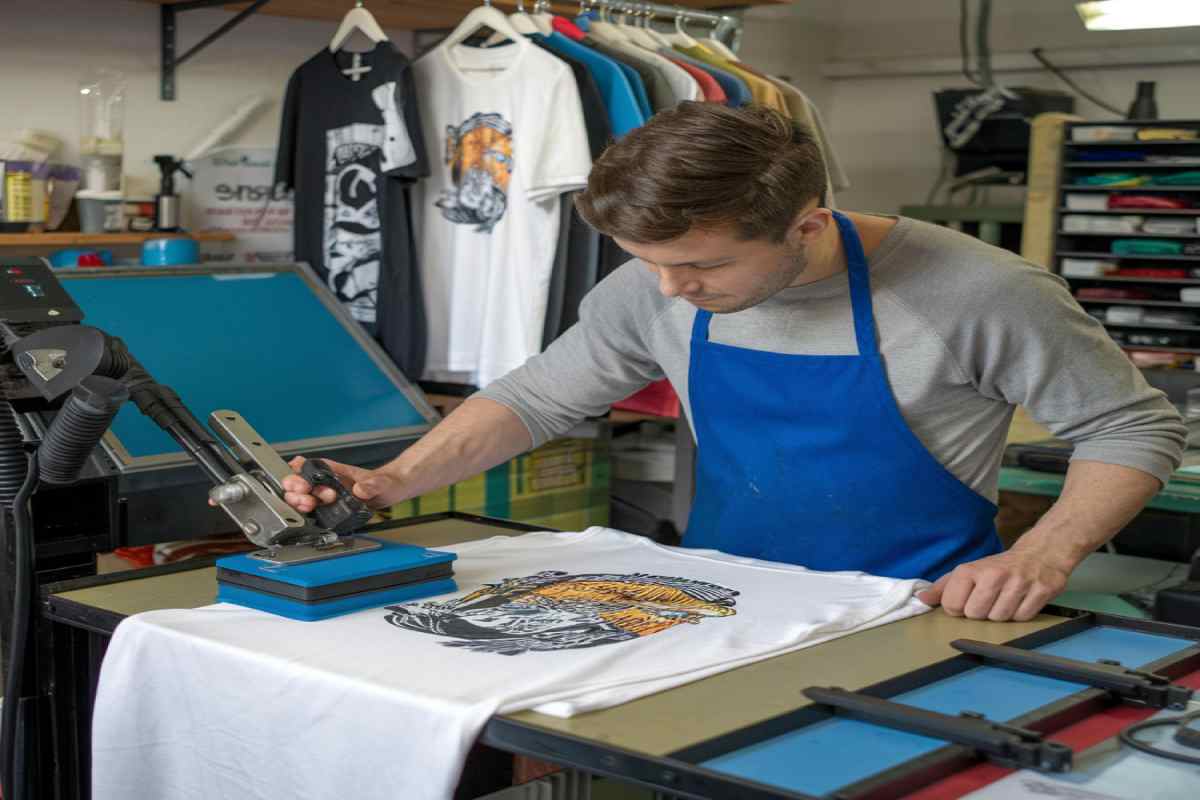
DTF Films vs Powders What You Need First
Dtf supplies Understanding the Essentials
When diving into the world of direct-to-film printing, the importance of having the right Dtf supplies cannot be overstated. From high-performance printers to high-quality consumables, everything you use contributes directly to the success of your prints. Knowing which tools and materials are essential allows for better decision-making and cost efficiency. A well-rounded setup starts with printers, heat presses, and a proper ventilation system, but the core components always come down to your film, powders, and inks. Investing in high-quality Dtf supplies ensures that the results meet professional standards, minimizing reprints and saving both time and resources.
Dtf Powders Role and Application in Transfers
Dtf Powders play a crucial role in ensuring that your printed design adheres effectively to fabric. These powders are made of thermoplastic polyurethane, designed to melt and bind the ink to the garment when heat pressed. The application of Dtf Powders must be uniform and timely; otherwise, the print might suffer from poor adhesion or washability issues. There are different types of powders available depending on fabric types and wash durability requirements. Some are specifically optimized for light-colored garments, while others excel on darker textiles. Without this bonding agent, the DTF process simply wouldn’t work.
Dtf Films Choosing the Right Base Material
The quality of your Dtf Films can make or break your final output. These films are used as the printing surface for your design before it is transferred to fabric. Selecting the appropriate Dtf Films involves considerations such as thickness, transparency, cold peel vs. hot peel, and anti-static properties. High-quality films offer consistent ink absorption, smooth separation from the design, and minimal static. On the other hand, poor-quality films may lead to blotchy prints, tearing during peeling, or misalignment. Thus, choosing the right film enhances efficiency, reduces waste, and boosts customer satisfaction.
Dtf Inks The Foundation of Vibrant Prints
Color brilliance and durability in your DTF designs start with high-performance Dtf Inks. These specialized pigment inks are engineered for compatibility with PET films and textile surfaces. Dtf Inks must offer excellent color gamut, fade resistance, and smooth jetting through print heads. Using substandard ink can clog your printer, produce dull results, and reduce adhesion with the powder layer. Moreover, white ink is especially important as it serves as the underbase layer in most DTF printing. Consistent ink flow and color saturation are critical for both aesthetics and durability.
Dtf supplies vs Ready-Made Transfers
Choosing between assembling your own Dtf supplies and buying pre-made transfers depends on your business model. DIY setups with custom Dtf supplies allow for greater flexibility and personalization, especially for small-batch or custom orders. However, they require a learning curve, investment in equipment, and quality control at every stage. Ready-made transfers offer convenience but at the cost of creative control and potentially higher per-unit pricing. Businesses must evaluate their needs—volume, customization, turnaround times—to decide the better route.
Dtf Powders or Films Which Comes First
This is a common question among beginners—do Dtf Powders or films matter more when getting started? Technically, the process begins with the film, but both are interdependent. The film provides the printing surface, and the Dtf Powders enable the transfer. Poor quality in either one compromises the final result. When starting out, it's best to invest equally in both to avoid performance gaps. Ensuring you have the right powder and compatible film will make your printing experience much smoother and your end product more professional.
Dtf Films and Inks Compatibility Guide
Not all Dtf Films work seamlessly with every ink formulation. Compatibility between Dtf Films and Dtf Inks ensures that the ink adheres properly during printing and cures without smudging or cracking. Some films are optimized for eco-solvent inks, while others are designed for water-based pigment inks. Using incompatible combinations can lead to ghosting, color bleed, or poor wash resistance. It’s essential to test your ink and film setup before full production to avoid costly errors and wasted materials.
Conclusion
In the debate of DTF films vs. powders, the truth is that neither can function without the other. They are both core components of a successful transfer process. While Dtf Films serve as the surface for your designs, Dtf Powders are the chemical link that makes the transfer possible. Quality, compatibility, and consistency across your entire setup—including Dtf supplies and Dtf Inks—are what elevate your production from amateur to professional. Always choose wisely and never compromise on quality when it comes to your core materials.
Frequently Asked Questions
-
What are DTF powders used for?
DTF powders act as a glue between the ink and fabric, melting during heat pressing to create a strong bond. -
Are DTF films reusable?
No, DTF films are single-use and must be replaced after each print job. -
How should I store DTF inks?
Keep them in a cool, dry place and shake regularly to maintain pigment balance and prevent clogging. -
Can I use any printer for DTF printing?
No, DTF printing requires compatible printers modified for pigment inks and film-based output. -
What makes a DTF film high-quality?
High-quality films offer smooth ink absorption, minimal static, and easy peeling without damage. -
Do I need special software for DTF printing?
Yes, RIP software is usually required to manage color, layering, and ink density settings. -
How long do DTF transfers last on garments?
When applied correctly, DTF transfers can last through 40–50 washes or more. -
Can I mix DTF inks from different brands?
It’s not recommended as varying formulations may cause printer issues or color inconsistencies. -
What is the best temperature for curing DTF powder?
Most powders cure best at around 160–170°C for 1 to 2 minutes, but always check manufacturer specs. -
Should I apply DTF powder manually or with a machine?
Manual application is fine for small runs, but a powder shaker offers better consistency for high volumes.